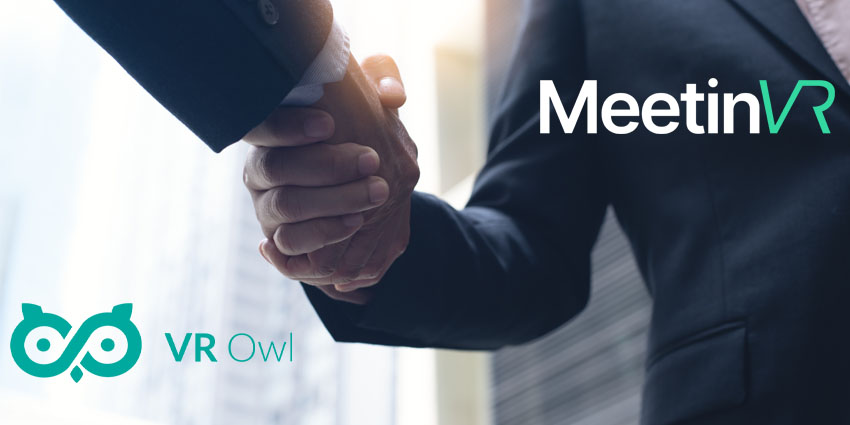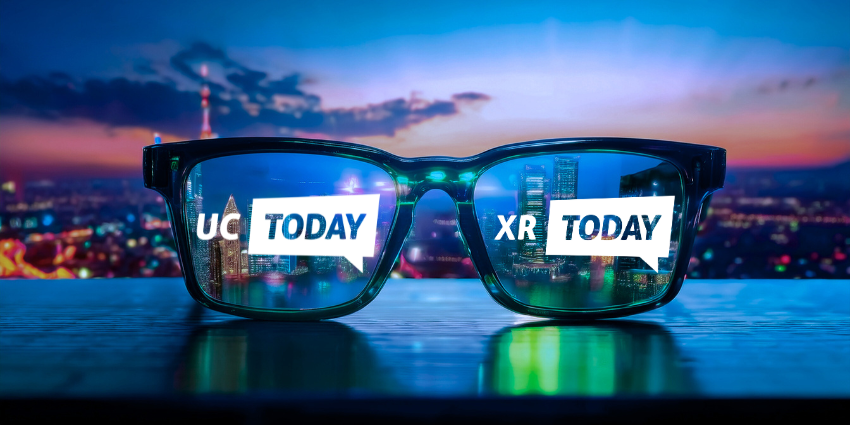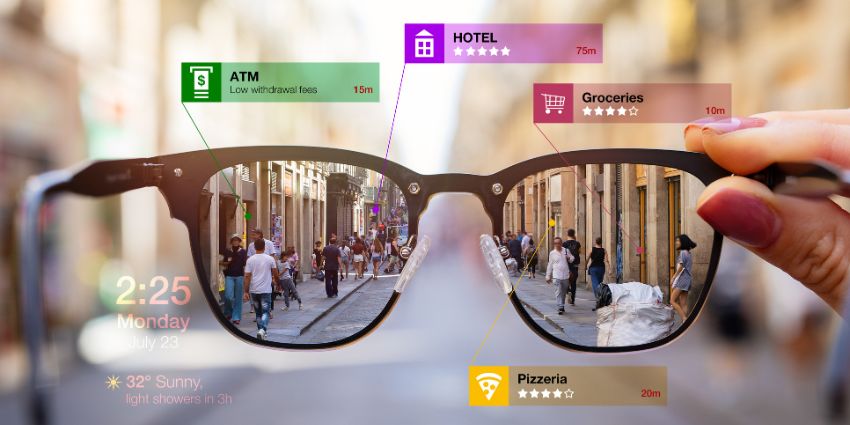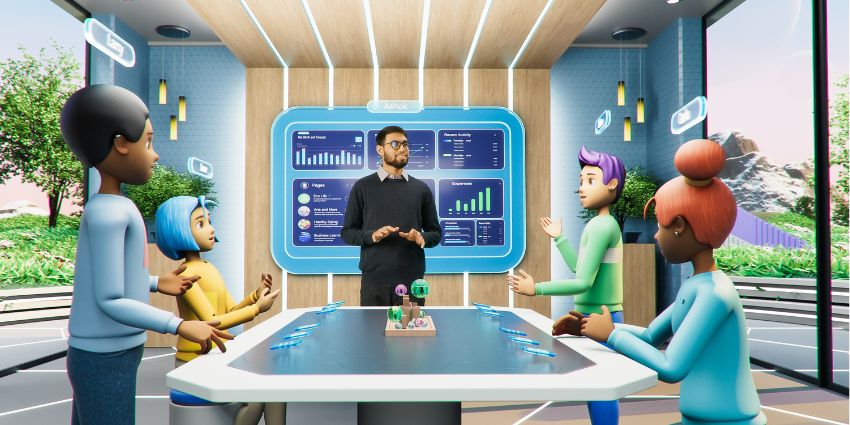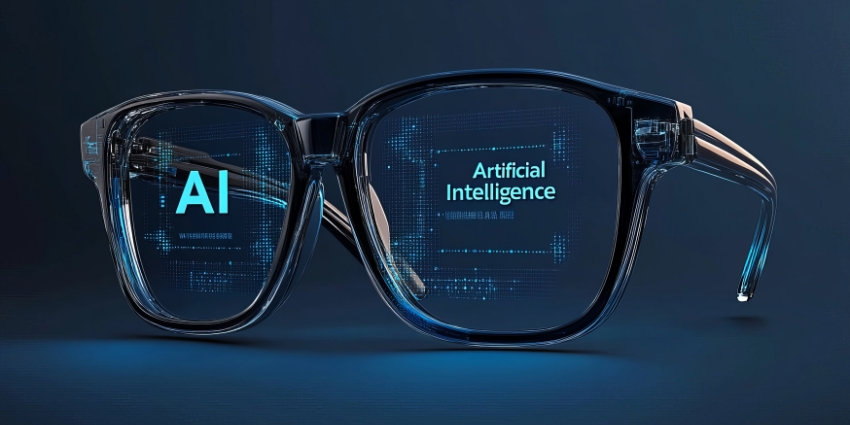MeetinVR has been acquired by VR Owl Group, with MeetinVR’s CEO and Founder Cristian-Emanuel Anton to depart.
MeetinVR specialises in VR-based business meeting and collaboration technology and was founded by Anton in 2015. MeetinVR customers can hold flexible and customisable meetings, events, and training in virtual professional environments.
Wisse Jelgersma has been appointed as MeetinVR’s new CEO to usher in the post-acquisition era.
Jelgersma commented in a company statement:
MeetinVR is the leading solution that brings colleagues and customers closer together in an innovative and engaging way. The last 10 years, I have been working in the VR industry in various technical roles and always saw MeetinVR as a great example.”
MeetinVR insists that the business continue its current operations to provide its customers with an excellent business meeting platform. The company iterated that the support of VR Owl Group will allow MeetinVR to maintain its investment in its software and offer optimal service to its clients and partners.
“The work Cristian-Emanuel Anton and his team have done in the past years has been amazing, and I’m looking forward to taking MeetinVR into the next phase of growth,” Jelgersma added. “The coming period will be all about meeting partners, suppliers and clients of MeetinVR.”
VR Owl Group was formed in Utrecht and has dozens of employees across the Netherlands and Germany. As well as now MeetinVR, the Group comprises the project agency VR Owl, Europe’s biggest XR hardware reseller, VR Expert, and a prominent software-as-a-service (SaaS) solution provider for SMEs, VR Owl Labs.
MeetinVR Reflects on Legacy
Anton took to LinkedIn to reflect on his legacy at MeetinVR.
“Goodbye, MeetinVR! Words cannot express what an amazing ride it has been! Eight years ago, I started prototyping by myself, in my bedroom, what would become one of the most well-known XR business software in the world,” Anton commented on the news on LinkedIn. “I want to express a HUGE thank you to everyone who has been part of this journey with me, encouraged me to follow my dream, and believed in my vision.”
Anton also highlighted several significant milestones at MeetinVR as it became “one of the of the world’s first and leading” XR collaboration platforms, including being ranked among the top six apps on the Meta Quest store in 2021 and being downloaded on almost 200,000 Quest devices.
Anton also said that MeetinVR had introduced “thousands” to the “transformative experience of XR meetings.” This encompassed organisations such as VMware, Takeda, Teleperformance, and Stanford University.
What Has XR’s Impact on UC and Collaboration Been This Summer?
Inarguably, the biggest story around collaboration’s intersecting with XR has been the announcement of and subsequent hype train around Apple’s Pro Vision “spatial computing” headset in June.
The Vision Pro is a mixed-reality headset that combines digital content with the physical world, enabling users to remain present with friends, family and colleagues in real life while coordinating with apps projected through the equipment. visionOS, described in Apple’s announcement as “the world’s first spatial operating system”, allows users to interact with a 3D interface controlled with natural inputs, including a user’s hands, eyes and voice.
Apple’s announcement emphasised that the Vision Pro “frees apps from the boundaries of a display so they can appear side by side at any scale”, so users can “be even more productive, with infinite screen real estate, access to their favourite apps, and all-new ways to multitask”.
The Vision Pro is also supported by Apple’s Magic Keyboard and Magic Trackpad, so users can build a wireless workspace by integrating the Vision Pro with their Mac and produce a large 4K work display within their Pro headset.
Lastly, the Vision Pro’s FaceTime deployment leverages spatial computing and spatial audio so everyone on a call is reflected in life-size tiles and talking as if from the space in which they are positioned.
Aside from the Vision Pro, Alcatel-Lucent Enterprise participated in the SHARESPACE consortium to create XR-based Social Hybrid Spaces (SHS) to enhance hybrid and remote working in May. SHARESPACE aimed to use XR technology to improve communication methods specific to participants’ characteristics, with future deployment possibilities in various sectors such as health, learning, entertainment, sport, and the workplace.
Also that month, BT launched Immersive Spaces, a 5G-enabled solution that simulated real-life situations to improve business learning and development, with spaces compatible with VR, AR and XR technologies to empower the user experience.
Meanwhile, Teams introduced immersive spaces, empowering users to make meetings more compelling by adding “a sense of natural co-presence”.
Powered by Mesh, Microsoft’s holographic virtual collaboration platform, users can access the immersive spaces function through either a PC or VR headset. Users can connect with other participants regardless of whether they join a Teams meeting using video, as a virtual avatar or in the immersive space directly.
